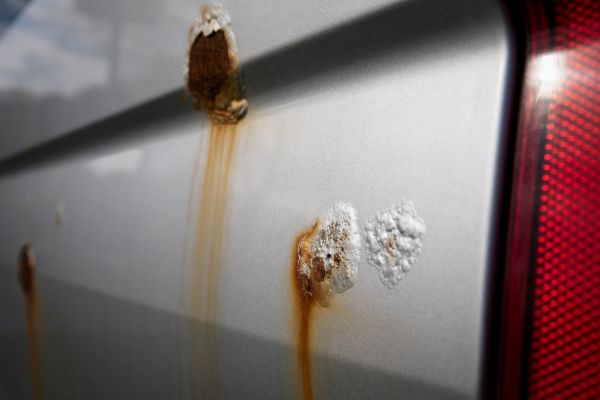The annoying bubbles you occasionally see on your car ruin your beloved vehicle’s overall look. If you want your car to look its best, understanding why these bubbles form is key to preventing them and keeping it in top shape. Here are some reasons bubbles form in car paint and how to deal with them to make your car look as good as new.
Poor Surface Preparation
The foundation of a flawless paint job lies in surface preparation. One of the leading causes of bubbles is poor surface preparation before painting.
When you skip the process of cleaning or sanding, dirt, grease, and other contaminants create a barrier between your car’s surface and the paint, interfering with its adhesion. This barrier results in trapped air pockets that eventually form bubbles due to changes underneath its surface, such as heat emanating from the car’s interior. Ensure you meticulously clean and sand your car’s surface before applying any paint to prevent paint bubbles.
It’s also possible to use sanding to fix fisheyes and bubbling paint on your car when they appear. Use a high-quality sander and sandpaper for the best results before and after to prevent bubbles.
Moisture Trapped Under Paint
Moisture is a common threat to many parts of your car and often causes paint bubbles to form. When moisture gets trapped under the paint layers, it tries to escape as the paint cures, leading to bubbles. This often happens when painting in humid conditions or if the car wasn’t completely dry before painting. Prevent moisture-related bubbles by painting in a controlled environment with low humidity and ensure the surface is dry before starting.
Using Low-Quality Paint
Quality matters when it comes to car paint; using low-quality paint results in bubbles forming on the surface. One of the reasons bubbles form in your car’s paint is because of poor-quality paint coating. Cheap paints often lack the necessary bonding agents and additives that prevent bubbling. Investing in high-quality paint gives a better finish and ensures durability. Always use quality paint for reliable performance and durability.
Incorrect Paint Application
Incorrectly applying paint is a surefire way to create bubbles. This error occurs if the painter uses improper techniques, such as applying too thick a coat at once or not allowing adequate drying time between coats.
Avoid this by following the manufacturer’s application techniques and drying-time guidelines. Patience is crucial; rushing the process only leads to imperfections.
Exposure to Harsh Elements
Even after a perfect paint job, environmental factors may cause bubbles to form over time. Exposure to harsh elements, such as UV rays, extreme temperatures, and pollutants, degrades the paint and causes bubbling. Protect your car’s paint by using a high-quality sealant and waxing regularly. Also, parking in a shaded area or using a car cover will keep your vehicle safe and protected from these damaging elements.
Bubbles in car paint are frustrating, but understanding their causes helps you prevent them. Maintain a flawless paint job by understanding why bubbles appear on your car. Paying attention to these details is essential for those looking to keep their vehicles in top shape. Keep your car looking its best and keep maintenance to a minimum.



